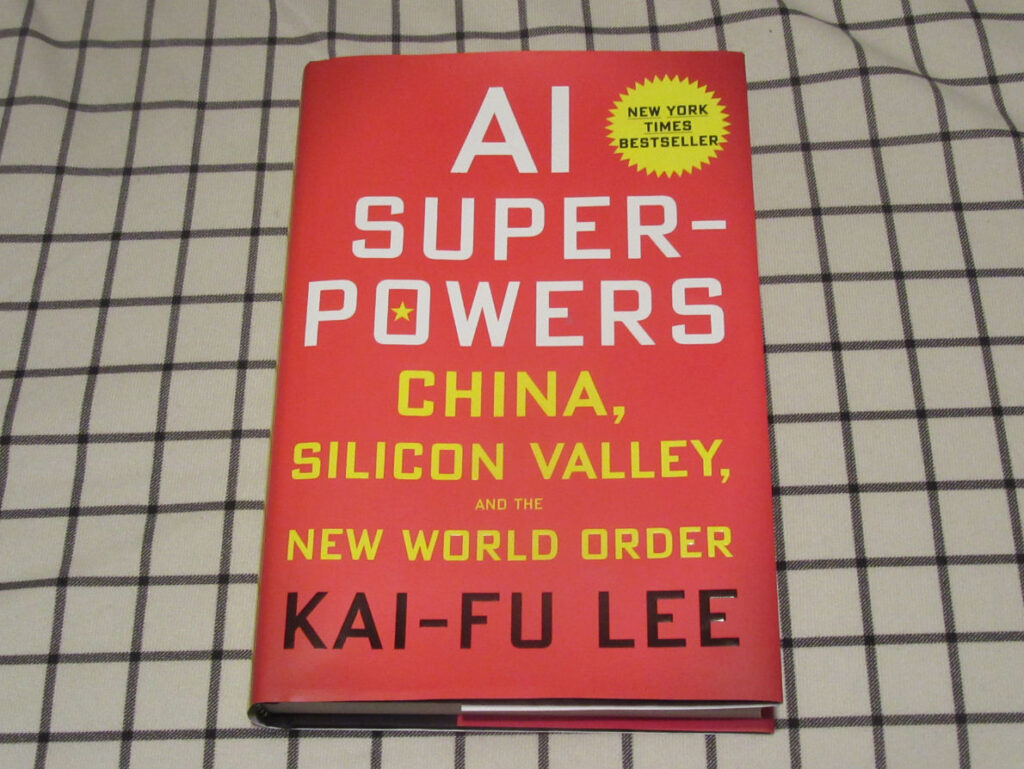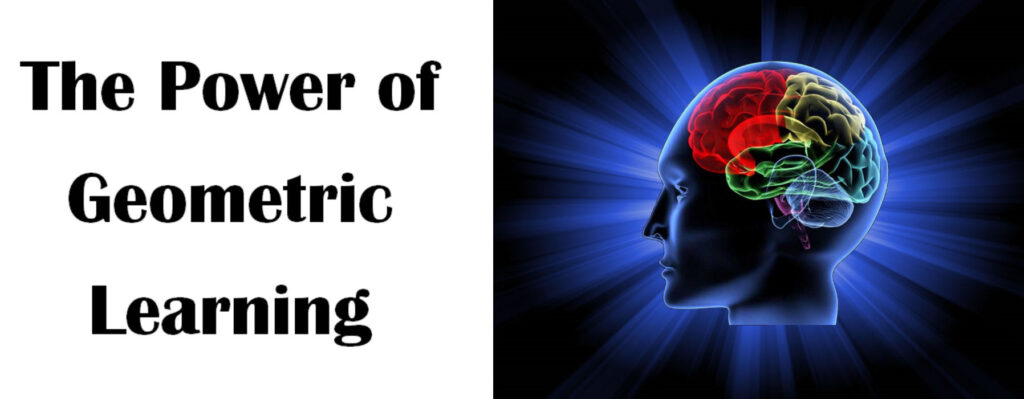The next level in AI

Isn’t it curious that, in the realm of artificial intelligence, the most difficult tasks for AI researchers to model, turn out to be the easiest tasks for humans to perform?
This paradox has frustrated AI researchers for decades, partly because of our limited understanding of human intelligence, but also from a growing disparity between the academic focus on machine learning, and the technological implementation of human thinking.
Many people consider the game of chess, and its eastern relative, the game of Go, to represent singular examples of cognitive difficulty for humans, and yet both of these games were conquered by machine systems before even the most primitive of biological behaviors (such as vision and image comprehension, or just innate cognitive planning and problem-solving abilities) have been demonstrated in a machine form.
Contemporary AI researchers will proudly proclaim that the machine mastery of chess and Go demonstrates that machines can indeed learn, but can they think?

The majority of today’s “AI” is based on decade’s old connectionist technologies which reduced the biological networks that they were modeled after (which change over time), to nets that have fixed structure.
Therefore, a machine implementation of human thinking can only come about with a design that exhibits the dynamic structuring demonstrated by Nature’s marvelous neural creations, and an understanding of their complex behaviors. The latent inability of today’s neural network technology to model the real world demonstrates that a design for an AI model which can actually think cannot even be contemplated before a thorough understanding of natural intelligence has been brought into the conversation.
Thinking means going beyond mere learning, it means integrating learned representations into the entire fabric of what has been learned previously, in a way advantageous to an organisms’ survival.
But the AI of BigTech and the designs in academia cannot model this behavior in any sense of the word. Nor does contemporary machine learning produce representations at any level that can be integrated into larger systems without great difficulty.
There is, however, one design that is setting the boundaries for machine thinking by demonstrating the behaviors that Nature evolved for natural intelligence:
The Organon Sutra. see why the Organon Sutra is different than the AI from BigTech
In a compelling book titled “AI Super-Powers: China, Silicon Valley, and the new world order”, Dr. Kai-Fu Lee has framed the conversation on contemporary AI in a new light, arguing that AI leadership equates to leadership in all of technology, with consequential implications for a new world order.

And yet, Dr. Lee suggests a competition between an East and West, with both competitors struggling to squeeze out an advantage using essentially the same, decades old machine learning technology.
Regardless of his contention that a dominating form of this connectionist technology can be achieved, the First Frontier Project is changing the conversation by demonstrating that an entirely unique technology can prove to be the enduring solution to this competition, and this website is presenting Dr. Lee with an open challenge: Can “Deep Learning” systems actually think?

In their zeal to develop the artificial neural network architecture to their fullest potential, BigTech and academia have been so collectively focused on a data-driven approach to “deep learning” that they have overlooked the fundamental constraints of their technology, fundamental behaviors which Nature solved hundreds of millions of years ago, and behaviors which must form the foundation for any machine technology which might strive to “reason” about its world.
So the First Frontier Project would like to offer Dr. Lee with a channel to address the open challenge, and reply through this contact page: Contact-page link
Logic only allows us to reason about that which we know of. But, because it is based on a functional mathematics and the axiomatics of symbolic logic, the narrow AI of today’s BigTech and academia cannot even begin to reason about a world full of unknowns, and will never come close to demonstrating the emergent behaviors of natural intelligence.
And this has been seen in the resounding failure of the neural network “machine learning” model to successfully demonstrate a functional self-driving car technology, the result of that fundamental constraint which prevents the machine learning architecture from being scaled up into any form which can address real world problems.
A fundamental constraint which has been solved by the Organon Sutra, a machine design which can be scaled up to tackle the unknowns of the world.
Because it has what the “machine learning” systems of Big Tech doesn’t have, the technology from the First Frontier Project can develop a new, AI-enabled trillion-dollar online industry. Stay tuned.
The first AI to think? (As opposed to the industry wide paradigm of an intelligent algorithm which merely computes…) -you can change the conversation here-

There is a golden secret to artificial intelligence that BigTech and academia has not discovered yet, and its got nothing to do with knowledge.
Consider this: Every person on this planet, whether they are enormously wealthy or dirt poor, regardless of their background or upbringing, has only 24 hours each day to spend.
Every person throughout the entirety of human history has had no more, and no less.

But a true artificial intelligence machine is not confined to such limitations. The fact that AI machines, by definition, do not have to maintain an internal energy cycle is their one limitation, but it is also their greatest strength.
Time is the most precious commodity in existence, more valuable than gold or any jewels, even more precious than the very water and air that we require to drink and breathe.
In every economy since Early Man began to place value on things, Time is the final measure of cost because Time is what remains scarce when all else becomes abundant.
And certainly, in our modern times, Time trumps an abundance of Money in all of our linear (transactional) economies.
This means that creating nonlinearities in time leveraging will be the ultimate common denominator to economic power in the next world order.
And there is only one AI technology developed today that leverages Time: the AI technology from The First Frontier Project.
To learn the secret of time leveraging, we will have to get a little technical, but the curious will be rewarded with knowledge available nowhere else in the AI literature.
And the financial concept of compounding interest provides a good starting point for this, but it tells only part of the story.

The process of compounding interest uses linear time to geometrically multiply the interest that is earned on any principle, by adding earned interest back into your principle before the next (linear) interest period.
But what if you had a process to turn this around, what if you had a process to earn the same interest in an increasingly shorter period of time?
And let’s go even further. What if you had a “lever” that could set how much shorter the following interest period would be, a period that still garnered the same amount of interest each period?
Time leveraging.
The quantum theory mathematicians employed in the investment industry, the “Quants of Wall Street”, are also attempting to create these “levers to time”, by trading at ever smaller increments of time, but the “levers” that their mathematical equations create are constrained by the uncertainties inherent in the fluctuating market of stock valuations.
Of course, the whole idea of artificial intelligence is to reduce and eliminate the uncertainty in our lives today. However, all of the AI being developed by academia and Big Tech today still works in linear time. Their solutions can only grow at a linear rate. While our problems multiply much faster.
Now building at the First Frontier Project: Time leveraging.
Will you find your solutions there?
